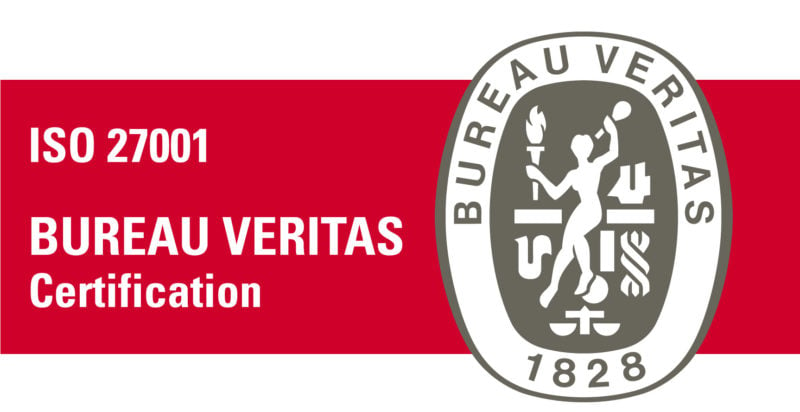- Home
- Knowledge center
- Blog
- 3 steps to strengthen your information security management
Blog
3 STEPS TO STRENGTHEN YOUR INFORMATION SECURITY MANAGEMENT
We live in a hyper-connected world where information is one of our most valuable assets. This is particularly true for supply chain organizations, where we base our networks on collaboration. From intellectual property to sensitive employee details, business data comes in all shapes and sizes—and so do security risks! So, what can we do to keep up with a changing landscape of threats, vulnerabilities, and business needs?

Ola Lindell
Head of IT & Security, Consafe Logistics
Will share three steps that we can take to strengthen our information security management.
1 Establishing an Information Security Management System (ISMS)
When it comes to protecting information, most companies have security measures in place, often managed by the IT department through applications and technical equipment. But information security goes far beyond technology—it also involves government regulations (such as GDPR in Europe), legal compliance, risk management, product development, and more.
“The first step towards stronger information security management is to acknowledge that there are security risks at every department and every level of our organization. Establishing an ISMS will provide the framework with clearly defined processes, responsibilities, and technology for systematically managing information security matters. This ensures that we have proper controls and security measures in place and can act fast and efficiently in an incident.”
#2 Raising co-worker awareness
People often associate information security with something technical, like having antivirus software or a firewall installed on our computers. This is understandable because we still focus on these aspects. Yet, the most common vulnerability remains human error, often driven by a lack of awareness. The primary causes of cybersecurity incidents¹ include:
- Clicking on malicious links in emails or on websites
- Using weak passwords
- Falling for phishing scams
- Sharing sensitive information over unsecured channels
“Today, we juggle countless systems and applications, with an average of 100 passwords to remember2. The line between personal and professional device use has also blurred, especially with the rise of remote work. These factors create an environment where awareness is essential.
Phishing, for instance, remains one of the most common methods for unauthorized data access and ransomware attacks. That’s why we continuously conduct phishing simulations to help employees recognize threats and respond appropriately.”
Building awareness and reducing risk go hand in hand—so your co-workers can make informed, secure choices.
#3 Certifying your ISMS
Every company wants to work with partners and suppliers that safeguard their valuable data. While having an established ISMS is an important step, pursuing certification takes it further by providing assurance that your controls are in place and functioning effectively. Achieving a widely recognized international accreditation reinforces an organization’s status as a trusted and secure partner.
“As a Warehouse Management Solution provider, we wanted to take a step further and reassure our customers, partners, and ourselves that we have adopted information security management across all areas of our operations—from finance and sales to the development and delivery of our products. That’s why we underwent the ISO 27001 certification process in 2022.
Under ISO 27001, organizations must pass an annual audit conducted by an independent certification body. This audit validates that the mandatory requirements of the standard are met without exceptions and assesses the implementation of security controls to ensure the protection of information assets. Obtaining this certification means we have the people, processes, and technology in place to systematically manage information security matters.”
As the saying goes: It’s better to be safe than sorry. Although a certified ISMS does not eliminate all security risks, it helps prepare for an incident, which is already a great benefit for the organization. And since accreditations, such as ISO 27001, are revised regularly, it is a constant motivation for improvement and resilient operation.

Sources
1 Parachute, “Cyber Attack Statistics to Know,” April 2024
2 Techradar, “Struggling with password overload? You're not alone,” October 2020
